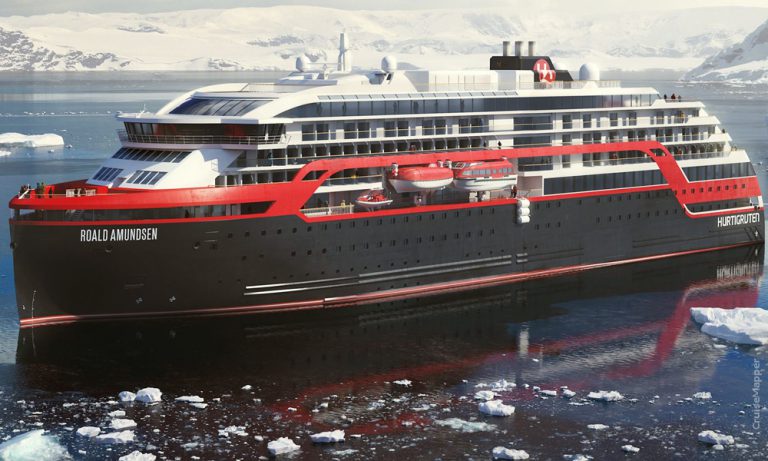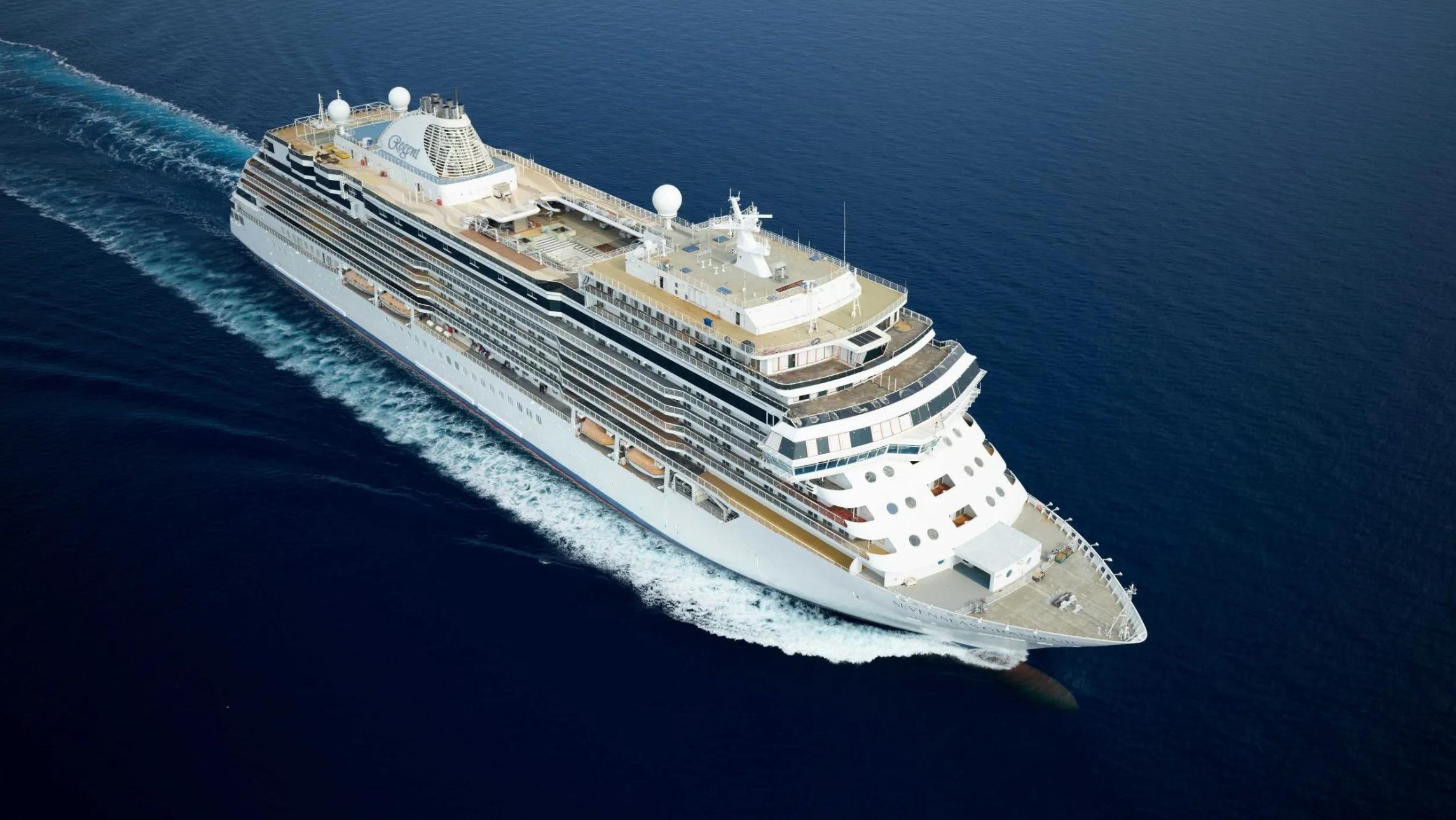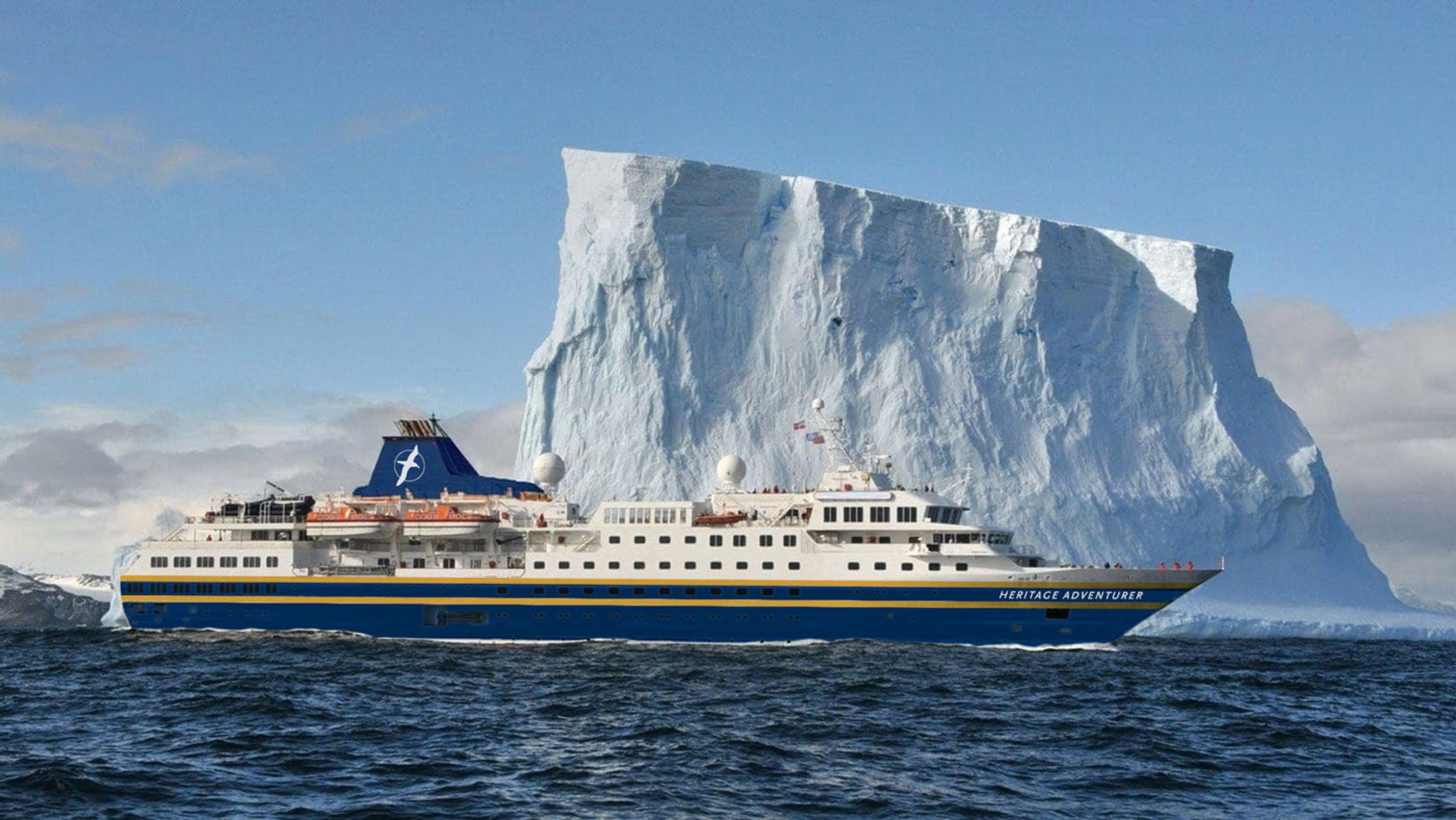It will eventually be fuelled by fish. It’s already a hybrid. And when it travels in the Polar regions it will run silently on batteries.
Welcome to the future of cruising. We are all more conscious of our effects on the environment – many of us sport reusable coffee cups to work or shy away from those single use plastic straws at the pub.
Now a cruise line has launched a ship that appears to match those aspirations.
As you read this, the Roald Amundsen is travelling to collect its first passengers.
The firsts don’t end there. It is the first hybrid-powered cruise ship in the world, propelled by electric motors and internal combustion engines – not dissimilar to the Toyota Prius. The line is claiming it will cut fuel consumption by 20 per cent.
The new ship, which is set for an official June 27 launch date, can cater for over 500 passengers and has an ice-strengthened hull.
But instead of having dance floors and swimming pools onboard, Hurtigruten prides itself on the fact that Roald Amundsen will have naturalists and lecturers onboard to educate guests about conservation as well as six battery packs to power the ship.
Hurtigruten envisions a series of vessels. Her sister ships will be even more environmentally conscious – they will run on fuel from dead fish and organic waste.
The cruise line signed a long-term agreement with Norway-based Biokraft to supply climate-neutral liquefied biogas. While it might not roll out on its ships until 2020, this is a massive step for any cruise company.
“We are the greenest cruise company in the world,” Rune Thomas Ege, a Hurtigruten spokesperson told The Australian Financial Review.
The ship will have no plastic cups onboard and if guests wish for their stateroom not to be cleaned, they can simply hang a sign that says “Green Stay” on their doorknob. The money saved on detergent, water, etc is then donated by Hurtigruten to a good cause or charity.
“We are part of a very polluting industry,” says Mr Ege. “But we are the only ones to welcome stricter emission rules.”
The examples he points to is the use of heavy fuel oil which releases sulphur gases and other contaminants. But Hurtigruten hasn’t used the fuel for 10 years – even in places where it is permitted. Instead, the line uses expensive marine diesel which Mr Ege says it results in an extra costs of around €15 million (AU$24.5 million) a year.
What makes it much more environmentally friendly is that it produces methane, the primary component of natural gas. It is the most climate-friendly of all fossil fuels and the result – much less carbon than crude oil.
The other thing that Hurtigruten engineers hope to achieve is saving energy through “peak shaving”. Ships often need a sudden surge of energy, for example, while manoeuvring.
Conventional ships have to start an additional motor or generator, only to turn off a short time later and these are energy-intensive systems. This process drives up fuel consumption.
But Hurtigruten plans to use its batter packs to eliminate the need to switch these motors on and off and even in ports that have no or insufficient power supplies, these onboard batteries will be able to provide the ships with emissions and noise-free energy overnight – a mode the company calls “Silent Night”.
While the dream of having a 100 per cent electric ship is an illusion today, Hurtigruten is focusing on natural gas and plans to retrofit six ships with a methane hybrid propulsion at a cost of €800 million (AU$1.3 billion). And to make room for its larger tanks, the company also plans to eliminate automobile storage space.









